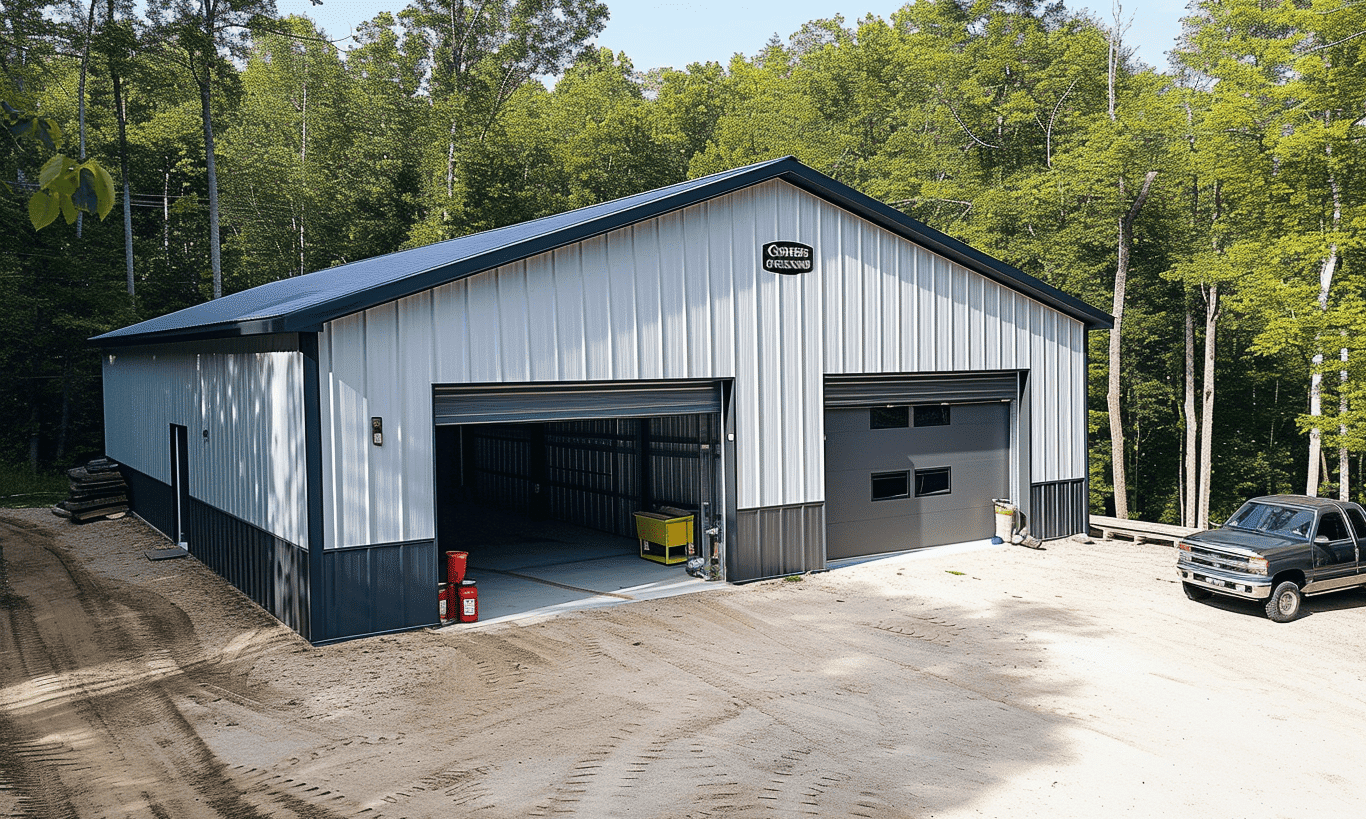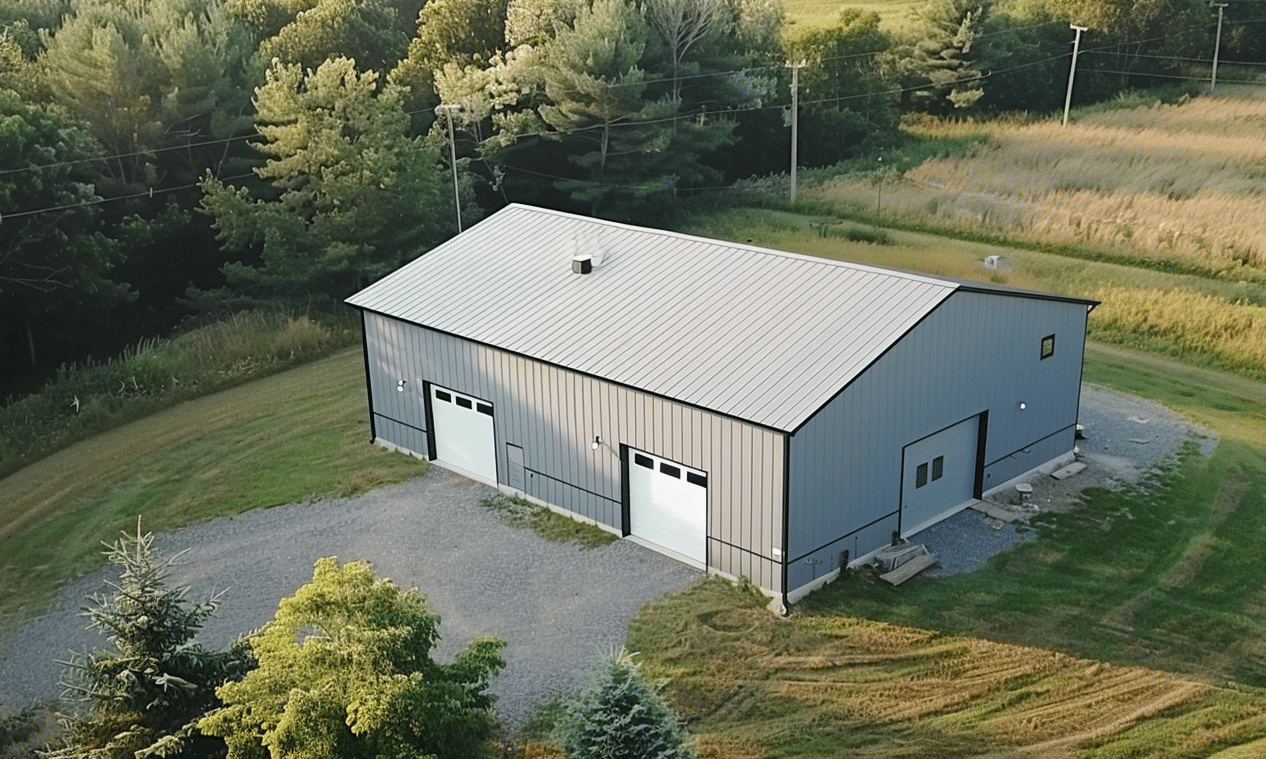Downtown Calgary Office Vacancy: A Sign of Change in Canadian Real Estate
As of the third quarter of 2024, Calgary’s downtown office vacancy rate stands at 23.3 percent – five percent higher than the national average. Though it remains the highest in Canada, the situation appears to be improving; this figure was down two percentage points from Q1 2023. These figures, released by Altus Group, bring both concern and a glimmer of hope for real estate developers and investors.
Understanding the Situation
For those unfamiliar with the property market dynamics, a 23.3% office vacancy rate may sound like bad news. However, this figure represents a gradual improvement, down from the 25% vacancy rate recorded in Q1 2023.

Factors Contributing to High Vacancy Rates
What’s causing this extraordinary situation? The effects of the COVID-19 pandemic, shifts in work culture promoting remote work, and the shift from oil economy to more diversified sources of revenue have all played a part. However, it also reflects a broader trend in urban planning: the transformation of commercial spaces into residential or mixed-use areas.
Moving Towards Diversification
Interestingly, this high office vacancy rate has sparked unprecedented levels of building conversions. Take for instance the Cornerstone building in downtown Calgary. Formerly an office space, it’s now a residential housing complex. The building’s conversion signifies a shift in the city’s approach to tackling high office vacancy rates and may be a model for other cities grappling with similar issues.
The Role of Incentive Programs
Incentive initiatives provided by the city are encouraging landlords and building owners to convert unused office spaces into residential housing. These programs, along with the market demand for more living spaces within city premises, are slowly but surely driving down Calgary’s office vacancy rate.

The Impact on Construction and Real Estate Developments
For those in construction and real estate, Calgary’s office vacancy scenario presents a unique set of challenges and opportunities. It’s no longer about merely erecting more structures—it’s about rethinking and reinventing the existing ones.
Surging Demand for Renovation and Remodeling
With an increasing shift towards building conversions, there’s a surge in demand for renovation and remodeling services. Companies like our team at [Your Building Team](https://yourbuildingteam.com/metal-buildings/) are at the forefront, providing cost-effective and flexible solutions such as [steel building kits](https://yourbuildingteam.com/product/30×40-metal-building-MB212304016W0).

Conclusion: The Future of Calgary’s Downtown Real Estate
Though initially viewed as a real estate crisis, Calgary’s high office vacancy rate has transformed into an opportunity for urban redesign and diversification. With the continuous efforts by city administrators and developers, the progress is encouraging, but there’s still a long way to go.
As the cityscape changes and evolves, it’ll be exciting to see what downtown Calgary looks like in the coming years. We invite you to share your thoughts about this trend, or ask any questions you may have. We look forward to a robust discussion about the new era of urban development.
Original news source: [CBC News](https://www.cbc.ca/news/canada/calgary/downtown-calgary-office-vacancy-rate-still-highest-in-canada-but-trending-in-right-direction-1.7421287?cmp=rss) (rel=”nofollow”)




